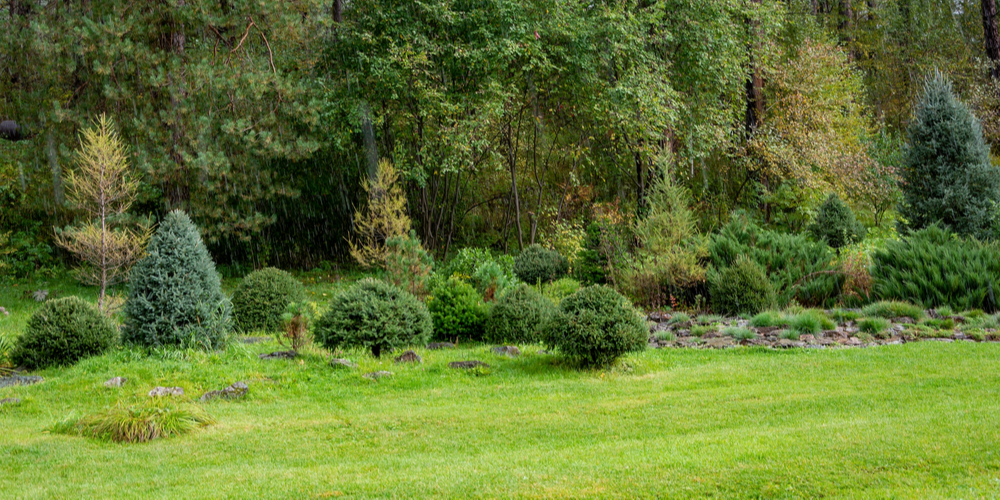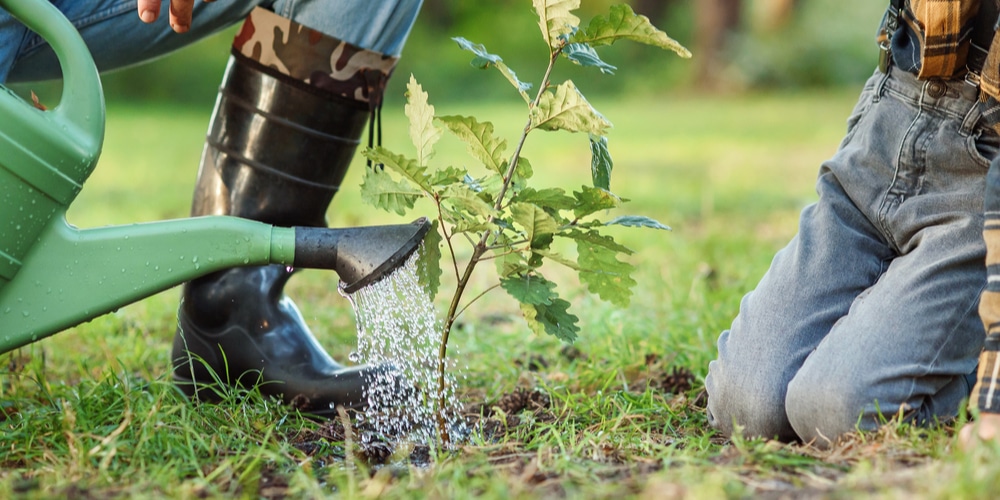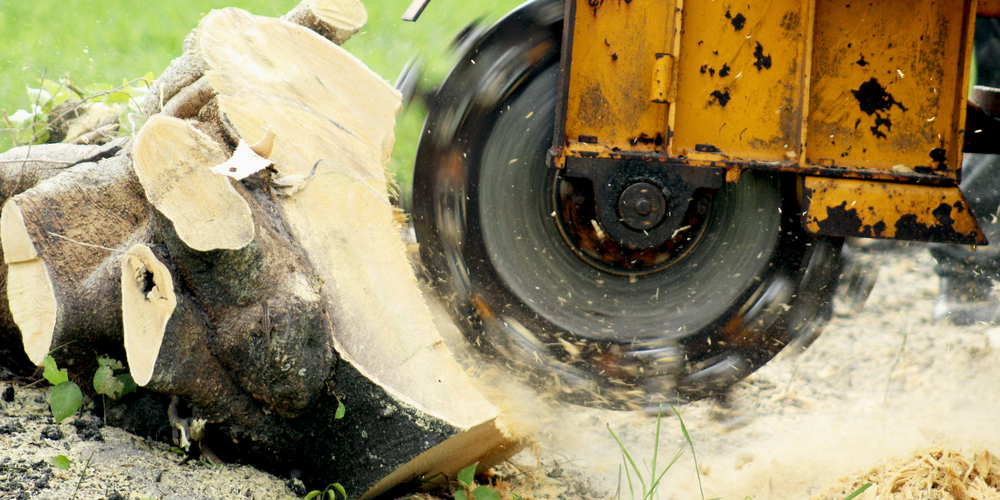‘Can I plant a tree after stump grinding?’ is the usual question homeowners and property owners ask when they want to replace an existing tree with a new one.
To the uninitiated, the ground from where the tree is removed remains the same, and they might believe that it’s okay to plant a tree after removing the stump. However, the new tree may not get the nutrients it needs from the soil. Also, it may be subject to the after effects of the stump-grinding process.
So the answer is no, it’s not recommended to plant a tree to the exact same spot as the stump. You can, however, plant the new tree at least 3 feet away from the spot and it should grow just fine.
What Happens When You Plant a New Tree Atop a Ground Stump?

As a living thing, a tree needs adequate sustenance from the soil in order to grow strong and healthy. Its roots are similar to plants in that you’ll need to consider it if you want a tree that lasts for years.
A ground stump will appear to be removed on the surface; however, it might still have its root system below. Moreover, the old tree will most likely have taken all the available minerals and nutrients in the soil, which could present a problem for saplings.
In effect, you could dig up the soil the old tree used and put in a fresh batch to counter the nutrient deficiency problem. The only problem is that it may be too much work for some. Then, there’s also the issue of the new tree having to deal with existing roots in the ground.
Planting a new tree atop a ground stump will probably result in a stunted tree. It will have to contend with the old root structure, and the soil might not have an abundance of nutrients to support a healthy growth. Even if you put mulch and fertilizer, water the tree and take care of it the tree will not likely grow to its full size and spread.
What Are The Effects of Stump Grinding?
Stump grinding is a proven method of removing old, withered or unwanted trees from a property.
A professional uses specialized equipment to first cut a tree down to a stump, then grind the stump until it’s level or below the ground. It’s worthy to note that the process produces a lot of carbon and nitrogen due to the mulch and sawdust, therefore creating a nitrogen-starved environment.
As you may know, nitrogen is one of the most essential components for trees and plants, and not enough of it usually leads to slow growth. It’s the same when you plant a new tree where the old stump used to be- the cavity of the recent stump will likely have too much carbon and not enough nitrogen to support the needs of the new tree.
Stump grinding is best for when you wish to eliminate an unwanted fixture in your home or landscape. It’s not a good place to put a new tree in.
Why Plant a Few Feet Away From a Ground Stump?

Planting a new tree several feet away from a ground stump is recommended. You should keep a distance of at least three feet to settle it in.
For one, the new tree will have access to all the nutrients it needs since the soil or ground is basically a new slate. When this happens, it will likely thrive and grow as intended, barring diseases or similar circumstances.
Also, the new tree’s roots will have free rein over the ground it’s planted on. It won’t get choked as compared to when you place it atop a ground stump where it will have to co-exist with the old tree’s root system.
Can I plant a tree after stump grinding?: Conclusion
It’s much easier to just select a new site for the new tree rather than remove the old tree’s roots and treat the soil. As long as you keep the recommended distance then it should be fine.
Lastly, the nitrogen to carbon ratio is much more appealing. The tree will have access to nitrogen for its roots to grow and for it to branch out. It won’t have to deal with obstructions and compromised nitrogen content.
